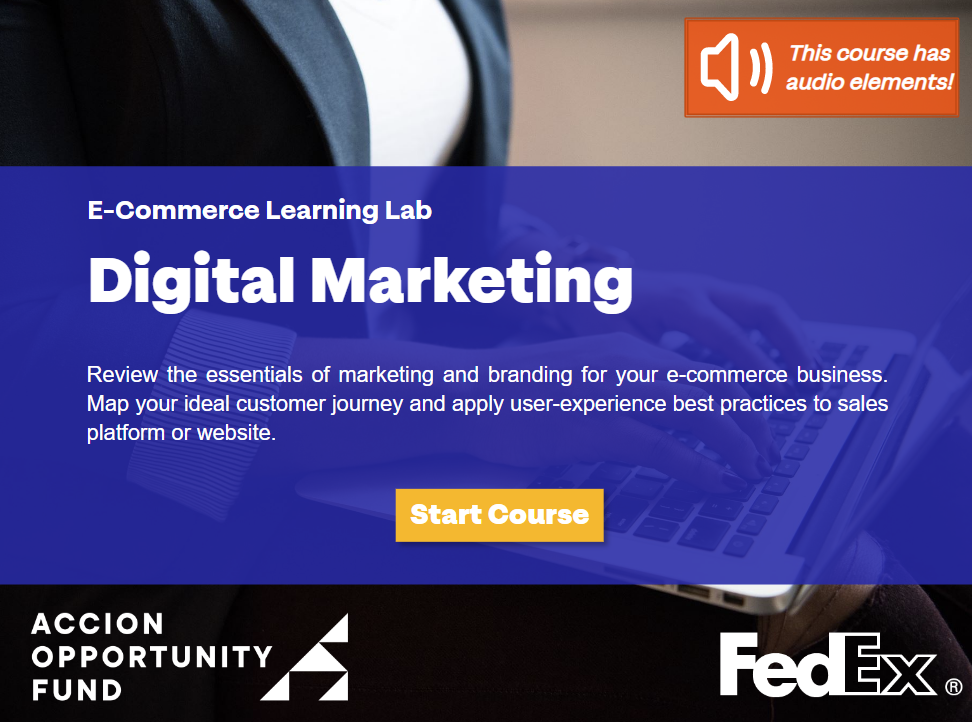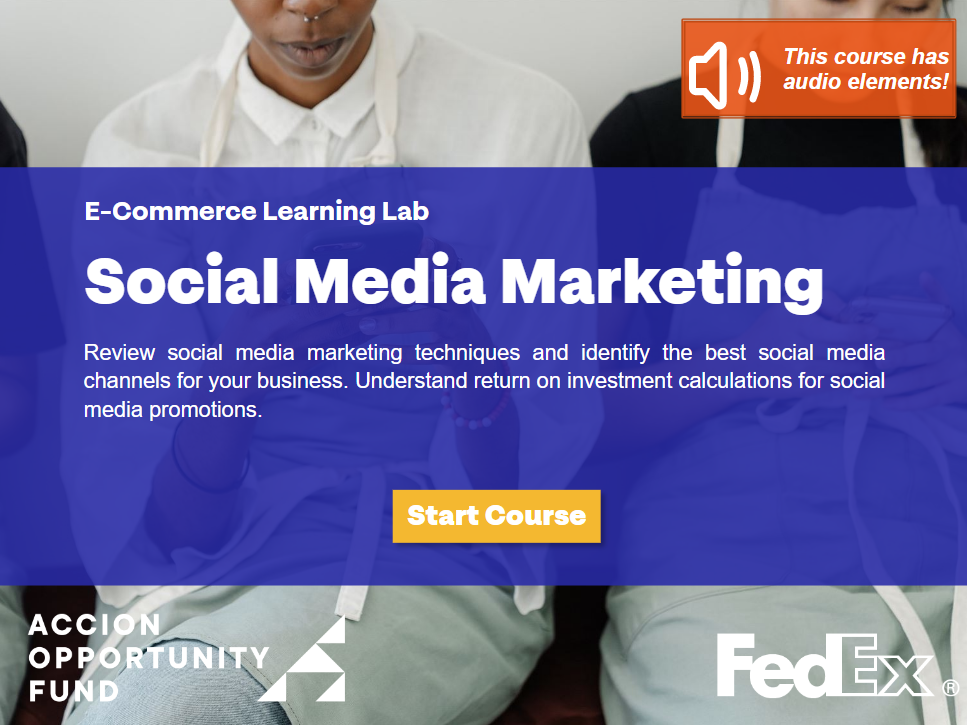5 Ways to Advertise Your Website
Grow your website audience and your small business. Here are low-cost, effective strategies to advertise your small business website

Every business needs a website, but creating and launching one is just the first step in a strong digital footprint. Advertising your website and growing your audience will help you to build brand awareness, attract new customers, and turn existing customers into loyal brand advocates. These five strategies will help you to drive traffic to your small business website.
Content Marketing
No matter what your business is, there are ways to grow your website traffic through content creation. Successful content marketing is creating and distributing content-blog posts, articles, infographics or videos-that your current and potential customers will find valuable enough, not just to click on and read, but to share through their social networks.
This content should complement your brand and product offerings but should not be a sales pitch. Here are some examples of how a business could implement a content marketing strategy:
- Denim Seller: Design a series of infographics highlighting what each body type should look for in a pair of jeans.
- Pottery Studio: Shoot a video series of the creator at work, explaining her process.
- Gardening Store and Nursery: Write blog posts about flower and plant care.
A great way to address your customers’ needs with content is to search social media sites and online forums for discussions about your industry. What do people want to know? Create content that answers their questions. Google’s Keyword Planner is also a great resource for discovering what people are searching for.
Search Engine Optimization (SEO)
Do a Google search for your product or service. Where do you show up in the results? If your website isn’t very high or doesn’t show up at all, it’s time to invest some time into SEO. Here are some ways to improve your search engine ranking:
- Make sure your website is mobile-friendly. Use a responsive design template or create a mobile version of your website that’s easy to navigate. Search engines-especially Google-give more weight to websites that work equally well on smartphones, tablets and desktop computers.
- Create quality content often. Sites that are updated often, keyword-rich, and containing useful information get better search engine ranking. Create a list of keywords that are important for your business and make sure that your content and product descriptions make frequent use of them.
Social Media Marketing
Your current and potential customers are most likely on social media networks, and that means you should be, too. Think about which websites make sense for your brand, and then use them as an extension of your business. Here’s a quick overview of the most popular websites and how you can use them to grow your audience:
- Facebook: Facebook is great for almost every business, as it caters to a general audience. Use it to share new products, special offers, content created by you, and content created by others that you think your audience will be interested in. Asking and answering questions is a great way to engage with your audience on Facebook.
- LinkedIn: LinkedIn is best for B2B brands. Use it to share industry news, content created by you, job listings, and company announcements.
- Twitter: Twitter is great for engaging with influential bloggers and social media mavens in or related to your industry. Use it to share news and content, interact with other users, and create hashtags to build buzz around specific marketing campaigns.
- Pinterest: Pinterest is best for companies that sell products for women. Use it to share product images and curate collections of complementary content that your users will find interesting.
- Instagram: Instagram is great for companies with lots of visuals, especially food and fashion brands. Use it to share photos and utilize popular hashtags associated with your industry to build brand awareness.
It’s also important to make your social profiles easy to follow. Incorporate icons for each one you use prominently on your website. Also, include social sharing buttons on all of your products and content so users can share items they like with their networks.
Email Marketing
Email marketing is one of the most effective ways to advertise your products and content. The challenge is getting someone to sign up to receive your newsletter, but once you do that, you have an opportunity to reach them with your messages whether they’re on your website or not. Here are a few ways to increase sign-ups:
- Exclusive Offers: Offer a report or other informational product, or coupons or discounts to subscribers, or enter them into a giveaway.
- Subscribe with Purchase: Add all customers to your email database when they make a purchase.
- Email Address Only: The easier it is to sign up, the more likely a user will be to do it. You might want to collect tons of information from them-like age, interests or household income-but if you make it email address only, you’ll get more subscribers.
Sign up buttons and forms should be displayed in prominent locations on your website. You can even implement a pop-up subscribe form. Some email services also offer Facebook integrations, which will enable you to create an email list sign-up form right on Facebook for your fans and followers.
Pay Per Click (PPC) Advertising
While there are many low-cost or even free ways to advertise your business online (see above), PPC is a highly targeted, cost-effective way to reach customers while they’re on other websites. With PPC advertising, you only pay when someone clicks on an ad. Here are a few of the major players in PPC advertising:
- Google Adwords: The largest and most expensive PPC network, Google Adwords offers advertisers an opportunity to bid on keywords that Google users are searching for. The more popular the keyword, the more expensive the click.
- Bing: Bing’s ad network is similar to Google’s, with a couple of major differences: 1) it has less traffic and 2) it’s cheaper.
- Social Networks: Paid social advertising offers more targeting options than search engine advertising, making it a great way to market your business to a narrow, specific audience.
There isn’t a one-size-fits-all formula for advertising your small business website online, but these ideas are a good place to start. Over time, you’ll learn what works for your business and what doesn’t. Successful advertising means constantly measuring the success of your efforts and refining your strategy to meet the ever-changing needs of your industry and customers.









